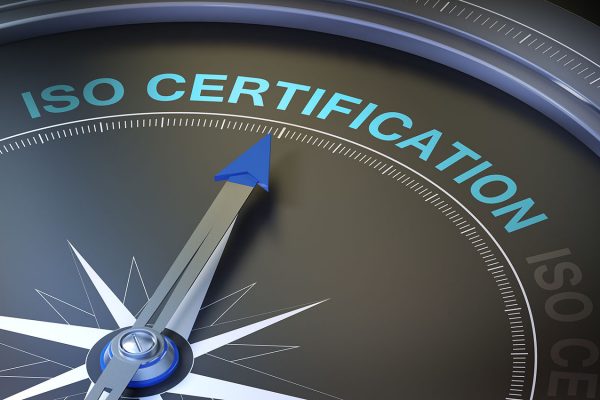A new study investigates the prevalence of ISO standards for interpreting (ISOI) implementation within the…

Anyone who knows anything about the translation industry understands the connection between global events and the demand for certain languages.
Over the past few decades we’ve seen massive spikes in the need for languages such as Serbo-Croat, Dari, Arabic, Chinese and numerous others depending on what takes place at political, economic and social levels in the world.
For those LSPs and translation agencies who can foresee and get ready for these occasional surges, it can mean good things whether financial or expansion-wise. So, I want to draw your attention to Iran and the language of Farsi, as I believe demand in the coming months and years is about to explode.
“Iran?” Yes, I hear you. But hear me out first.
We need to remember that Iran has essentially been shunned by the international political community since 1979. As a result, it has also been shunned by global brands and a lot access to global business. It’s had to deal with a long war with one of its neighbours and then various economic sanctions.
It has essentially been in a state of imposed semi-isolation for nearly 40 years. Despite this, Iran is still the second largest economy in the region behind Saudi Arabia, which may say something about where Iran could be once it can join the global party again.
Back in business
At present, it appears, with thanks to the European negotiators, that Iran is slowly being allowed to welcome in foreign investors as well as export their goods and services to more of the world. The JCPOA, otherwise known as the Iran Nuclear Deal, has resulted in the lifting of all EU nuclear-related sanctions and the suspension of US secondary sanctions.
So, it appears Iran is open for business…and they are very hungry for business. The country sits on the world’s largest reserves of natural gas. Its oil, gas and petrochemical sectors are set for massive expansion. Its transport and infrastructure are being heavily invested in, with projects in excess of 25 billion Euros currently in process. In renewables, environmental solutions, energy, water and waste management the country is looking for foreign investment. With its economy being forced into self-production to survive sanctions, Iran has developed a large manufacturing base producing high quality goods which they now hope to sell to the world. Consumer goods, pharmaceuticals and B2C services are all set to massively expand as Iran seeks to quench domestic demand.
Putting it simply – business in Iran and out of Iran is going upwards and upwards. As a result, the demand for Farsi is going to follow. If you want to get your slice of the Persian pie, you need to start getting ready now. Whether that means bringing in new Farsi translators or partnering up with a translation agency in Tehran (of which there are dozens), now is the time to start getting your resources ready and educating your team on the ins and outs of the language.
The Challenge of Farsi
Farsi translation is not challenging in itself. Where LSPs and translation agencies will really show their clients true value, is being able to guide them through the very complex requirements around official translations, approved formatting, cultural nuances, protocols and politics where those translations may be required or used in Iran.
Take my advice, look at Farsi. You will thank me in a few years’ time.
Neil Payne owned a translation agency for 10+ years before moving into training where he now runs Commisceo Global, which specialises in cross-cultural training courses, as well as another training company, Accensus, which serves the translation industry.



